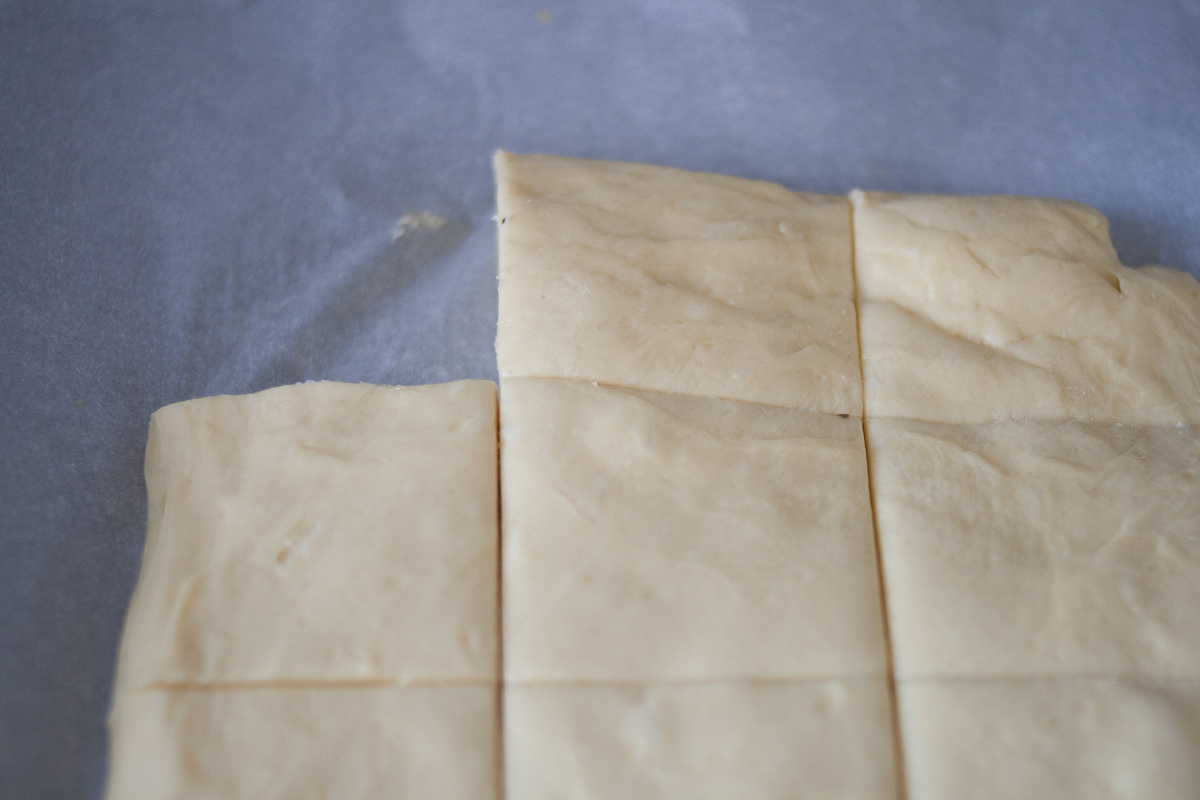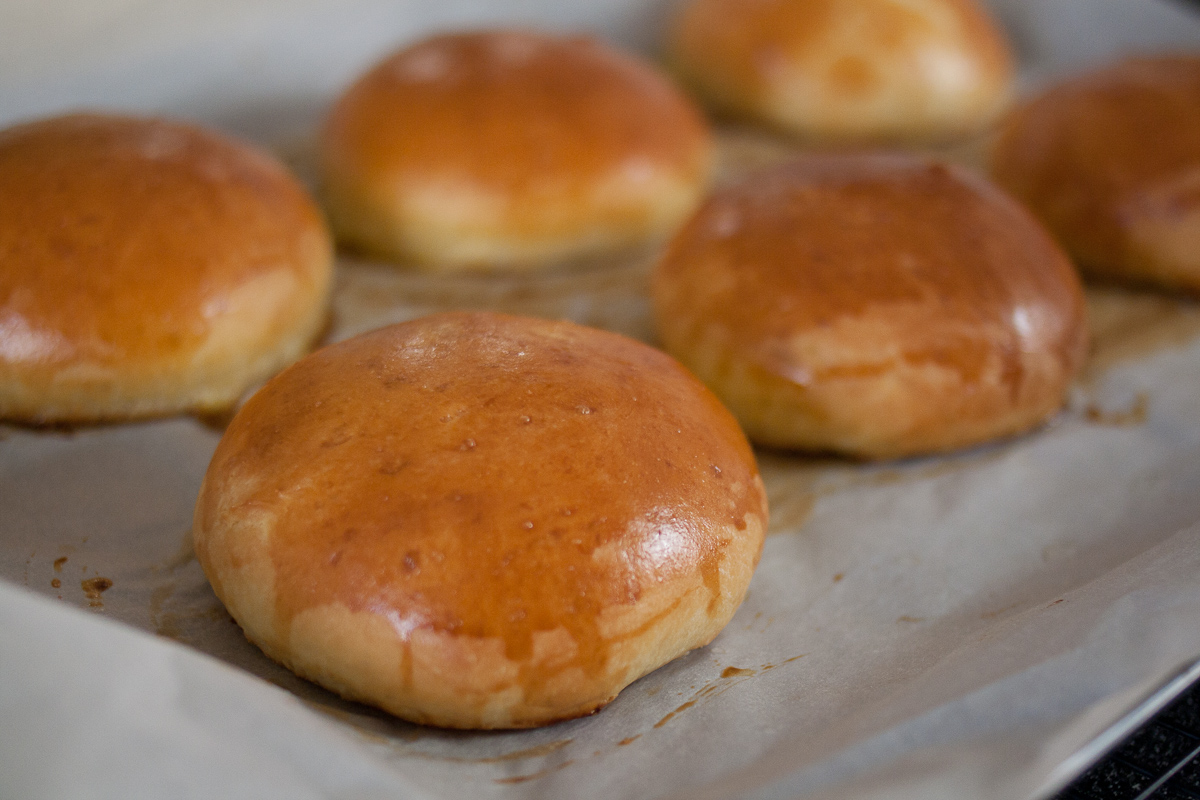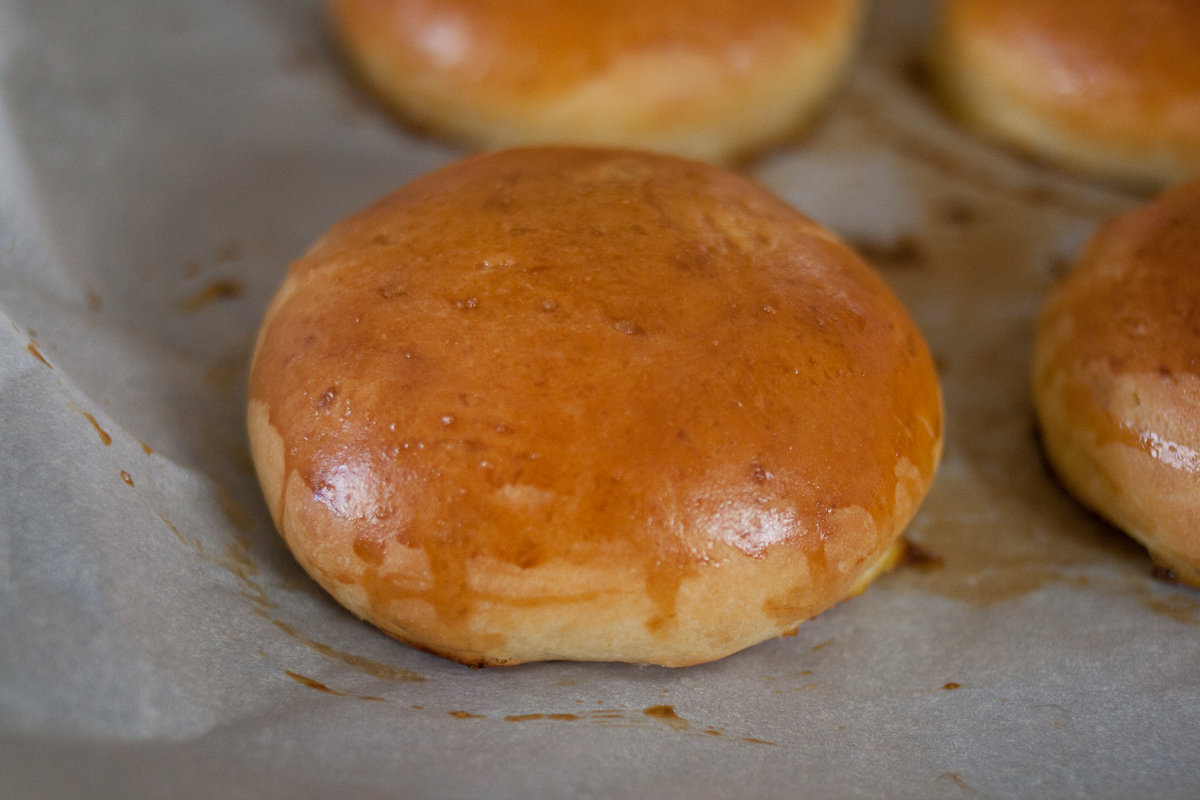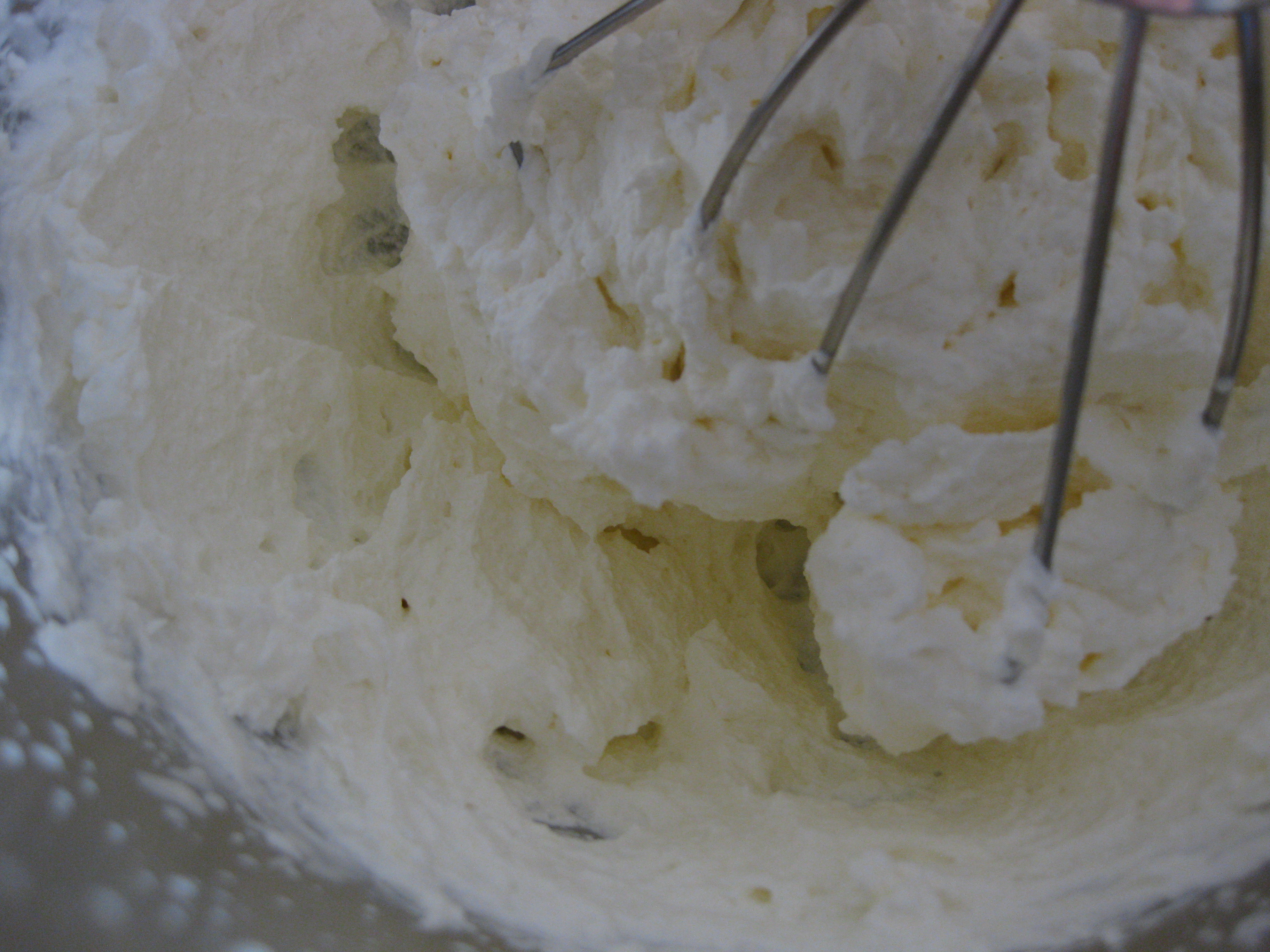At the end of the spectrum opposite spelt bread, there is brioche—lest you worry our dedication to butter had wavered. For Mardi Gras a few weeks ago, our friend Kelly made an amazing King Cake. Buttery, airy, just slightly sweet, it was perfection. I enjoyed it for dessert, and then again for breakfast the next day. It took a lot of self-control to not eat Jordan’s piece while he slept. Obviously, I asked for the recipe.
What I received in return was 6 pages of instructions with different classes of brioche, each with different amounts of butter and egg, and each with different baking techniques. The recipe titles were pretty great. Rich Man’s Brioche, featuring a whole pound of butter. Middle Class Brioche, a moderate 8 ounces or two sticks. And Poor Man’s Brioche, a modest 4 ounces of butter. Kelly recommended Middle Class and that is what I bring you today.
This was my first time making brioche. Working with brioche dough is very different from most other bread doughs I’ve made. Because of all the butter, you shape it when it is very cold, which was much more similar to cookies than bread. The shaping was actually much easier for a first timer than a sourdough hearth bread or baguette. It gives me confidence for future croissants!
Middle Class Brioche Buns
Sponge
1/2 cup (2.25 oz) unbleached bread flour
2 teaspoons (0.22 oz, 1 packet) instant yeast
1/2 cup (4 oz) whole milk, lukewarm (I used 2% without incident)
Dough
4 (8.25 oz) large eggs, at room temperature
3 cups (13.75 oz) unbleached bread flour
2 tablespoons (1 oz) granulated sugar
1 1/4 teaspoons (0.35 oz) salt
1 cup (8 oz) unsalted butter, at room temperature
1 egg, whisked until frothy for egg wash
Make the sponge. Stir together flour and yeast in a large mixing bowl or the bowl of your stand mixer. Add the milk and stir until just combined. Cover with plastic wrap and set aside for 20 minutes in a warm place.
Make the dough. Add the eggs to the sponge and whisk or beat with the paddle attachment until smooth. In a separate bowl, stir together flour, sugar and salt. Add the flour mixture to the sponge mixture. Stir until all the ingredients are combined. Let the dough rest for 5 minutes. Add the butter, one quarter at a time, stirring the dough well after each addition. This should take a few minutes. Continue mixing for another six minutes on medium speed. You’ll have to scrape down the bowl from time to time. The dough should be smooth and soft.
Refrigerate the dough. Line a sheet pan with parchment. Mist lightly with oil or coat lightly with oil using a brush or paper towel. Transfer the dough to the pan, spreading it into a rectangle about 6 inches by 8 inches. Coat the dough lightly with oil and cover with plastic wrap. Refrigerate overnight, or for at least four hours.
Shape the dough. Line two baking sheets with parchment Coat lightly with oil. Remove the dough from the fridge and immediately shape. I was making hamburger buns so I used a pizza cutter to divide the dough into 12 equal squares. I then used my hands to roll each square into a ball. I spaced the balls evenly on each sheet, six per baking sheet. They’ll about double in size so you’ll want to keep that in mind. Coat each ball lightly with oil and cover with plastic wrap.
Proof the dough. Let the dough rise in a warm place for about 2 hours. It will just about double in size. After about two hours, preheat the oven to 400 degrees. Whisk the egg in a small bowl. Coat the dough balls throughly with the egg wash. This is what gives them their beautiful shine. Let them proof for another 15 – 20 minutes.
Bake the buns for 15 – 20 minutes. They should be golden brown and 180 degrees internal temperature. Baking brioche with make your house smell like heaven. You’ll probably want to have the scent of baking brioche as a perfume and you’ll likely text that exact thing to several friends. Sit on your kitchen counter while your brioche bakes and savor it.
Cool on a rack for 20 minutes before serving, or until cool before glazing. I turned half of the brioche into dessert brioche and left half plain for hamburger buns. The dessert brioche I glazed with a grapefruit glaze. I’d highly recommend it.
GrapeFruit Glaze
1 cup powdered sugar
grapefruit zest
2 tablespoons grapefruit juice
Sift the powdered sugar into a medium bowl. Add the grapefruit zest and juice. Whisk to combine. Once the brioche buns have cooled, spoon the glaze over them. Let the glaze set. If you have extra glaze, feel free to do a second coat.
-Emily
































